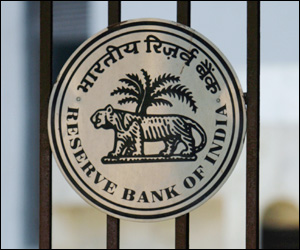National Bank of Agriculture and Rural Development (NABARD) was set up on July 12, 1982 under Act of parliament as a central or apex institutions for financing agricultural and rural sectors.
National Bank for Agriculture and Rural Development (NABARD) is an apex development bank in India. It has been accredited with “matters concerning policy, planning and operations in the field of credit for agriculture and other economic activities in rural areas in India”.
NABARD was established by an act of Parliament on 12 July 1982 to implement the National Bank for Agriculture and Rural Development Act 1981. It replaced the Agricultural Credit Department (ACD) and Rural Planning and Credit Cell (RPCC) of Reserve Bank of India and Agricultural Refinance and Development Corporation (ARDC).… Read the rest


